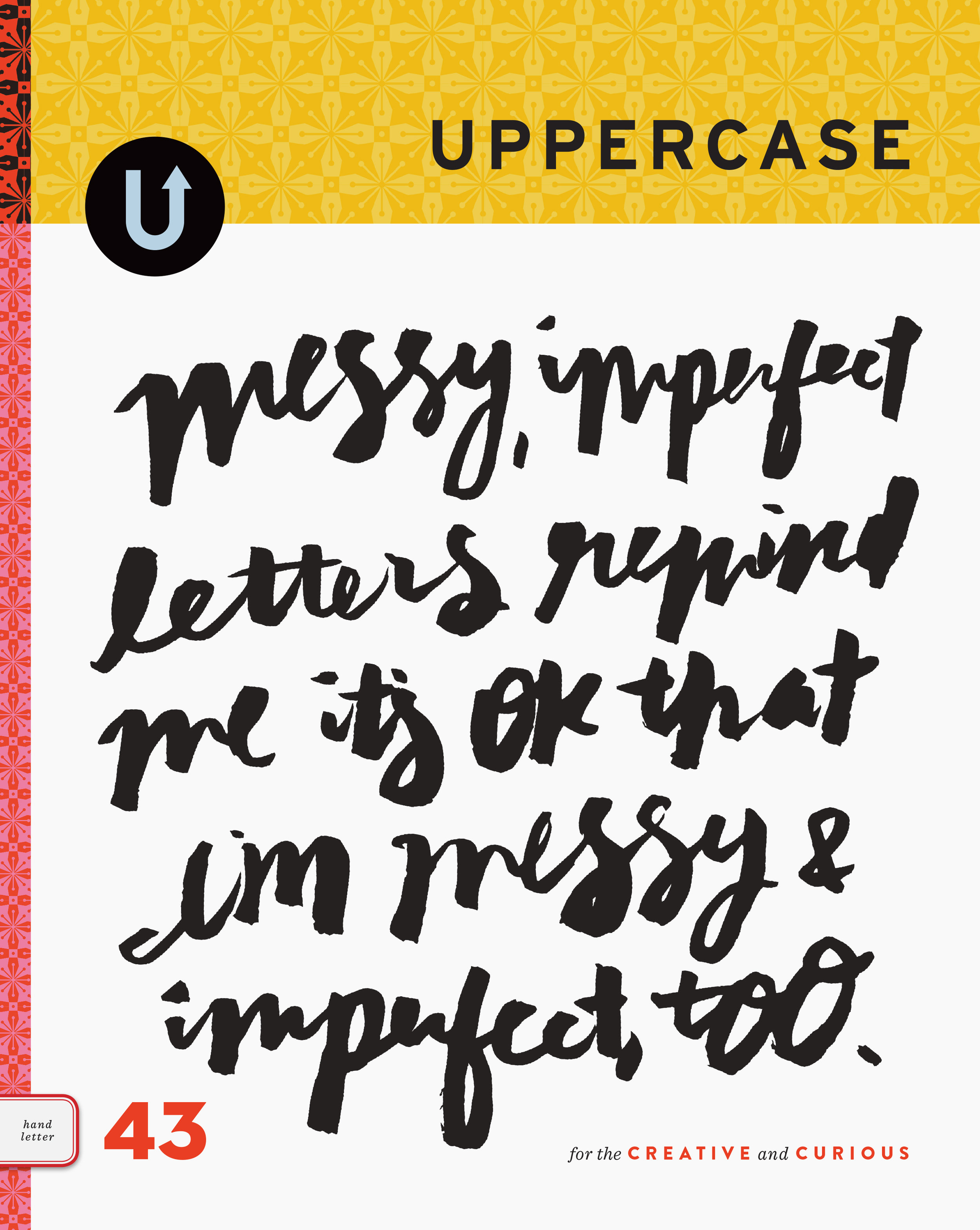Pencil Perfection
/
Bob Truby's Brand Name Pencils website is an amazing place. With over 100 catalogued pencil brands cross-referenced by ferrule type and era, it is a great resource for the pencil collector. At first you might think that a "pencil collector" is a rare breed, but with just a few short clicks and searches, you will discover many people sharing this obsession. Certainly, the skilled and sophisticated design of Truby's site is one of the best (designed by his graphic design friend, Jeff (hey Jeff, what's your website?).
Truby is a highschool art teacher in Oregon and his intention with his website is to create "a visual encounter with the incredibly diverse world of brand name pencils. I hope you will be amazed at the sheer number of pencil brands once produced in the USA and abroad. Sadly those days are over and the craftsmanship, skill and pride once put into the ordinary pencil is but a thing of the past."
I asked Truby what the appeal is of collecting pencils. He replies, "The appeal is truly a mystery. All I can say is that I know other pencil collectors and they feel the same way. I think the pencil in and of itself is a great collectible. Cheap, almost endless names, model numbers, manufacturer names, countries.....and of course they can be very old indeed." He grew up in a family of collectors (beer cans, match packs, coins, stamps, baseball cards and Hot Wheels), but his focus is now on the pencil collection.

Here are a few more places worth a visit: How a pencil is made and Doug Martin's Pencil Pages (the advertisement above is from his gallery). Leadholder.com (below) celebrates the drafting pencil and its history.
Penciltalk























